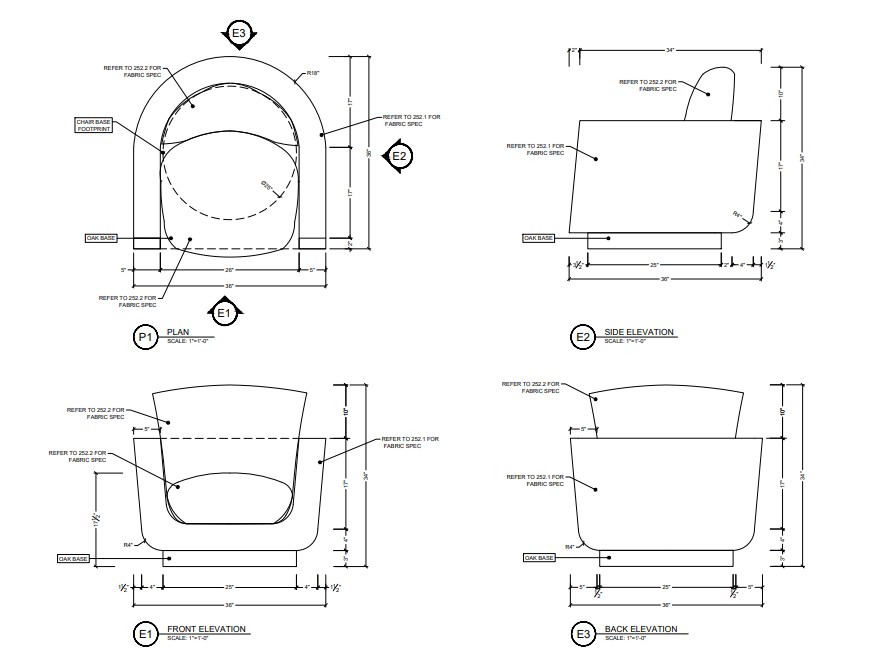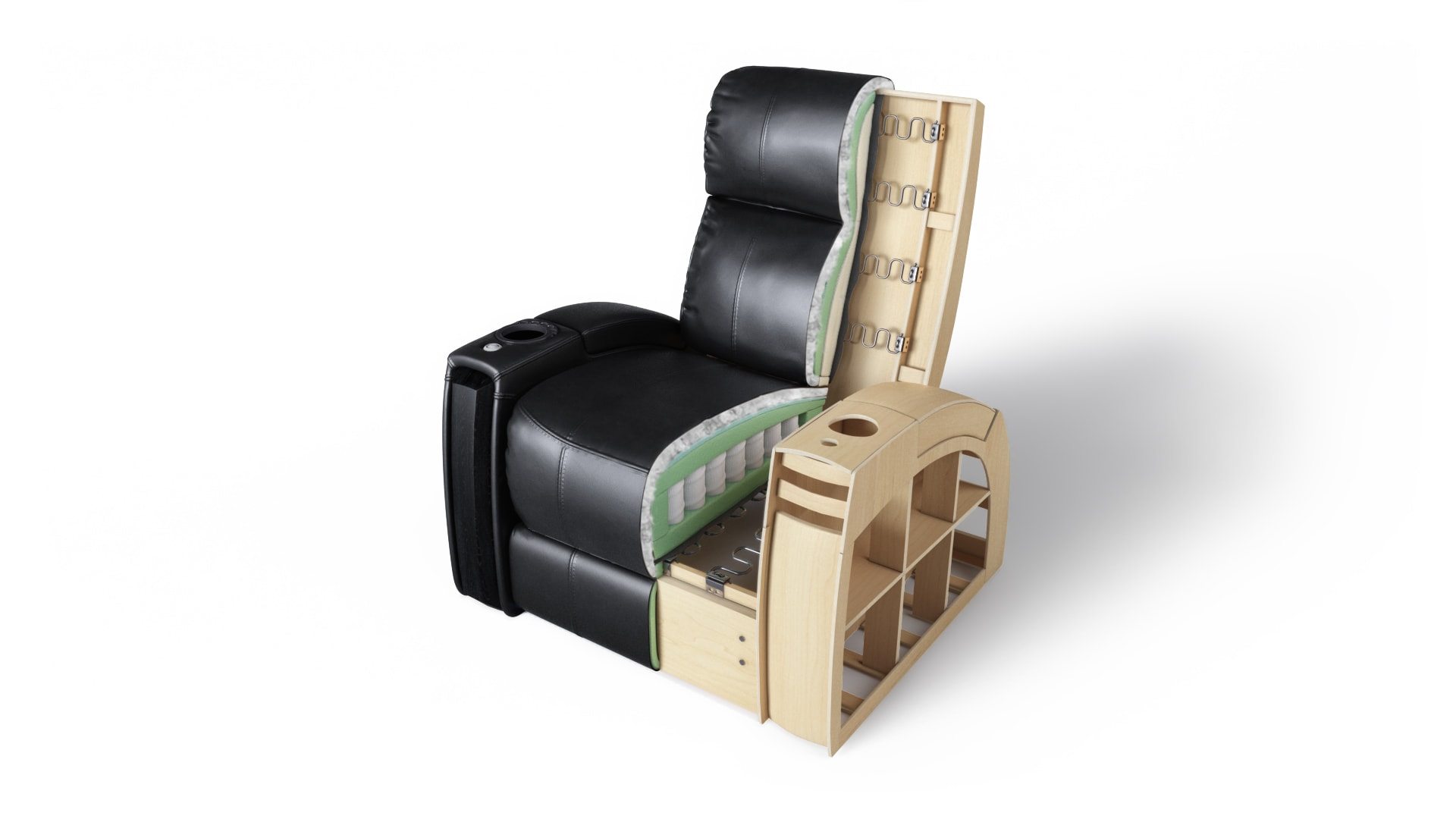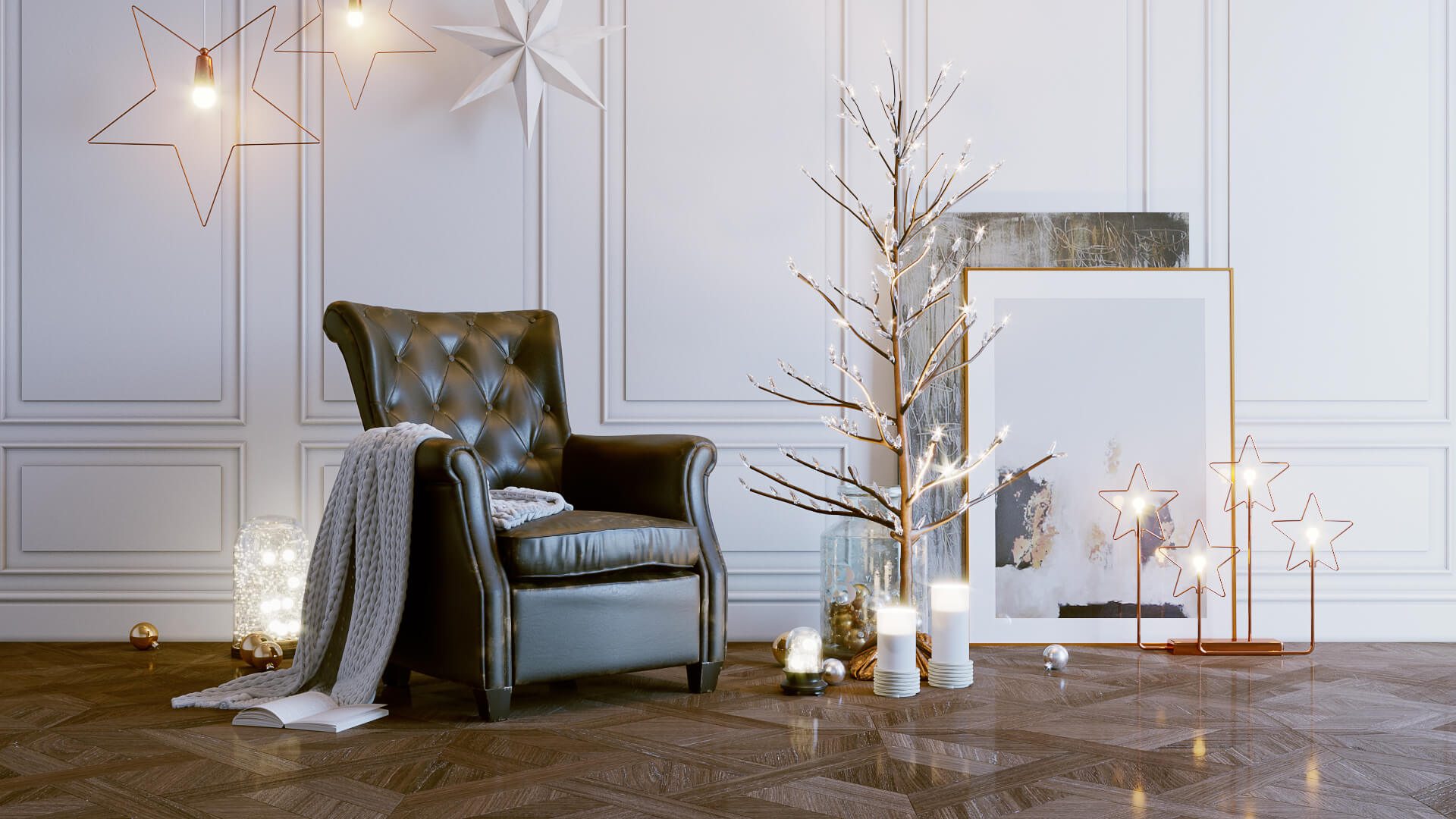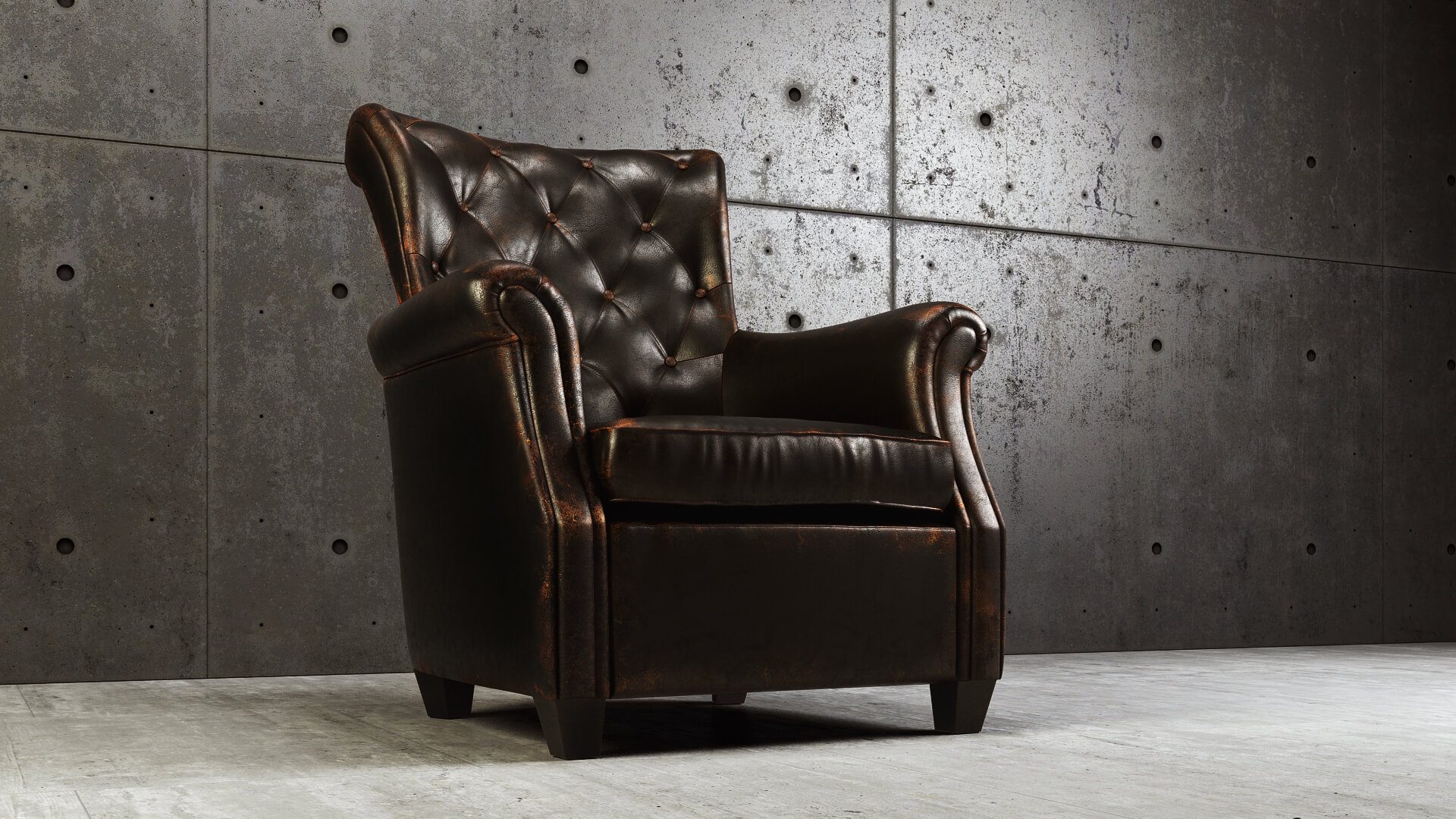3D modeling service is a surefire way to get jaw-dropping CGI for product design projects. The multifunctionality of 3D models allows using them for different purposes, starting from product testing and finishing with promotional campaigns.
Furniture Manufacturers want to update their product pages on the e-commerce website as the current visual design doesn’t attract enough users. Since the launch of their online store, the traffic and sales have been getting lower than planned. Moreover, ordering new product photos for the website is too expensive, and the result does not pay back in the slightest. Now Manufacturers are planning to use the alternative service and get more advanced images. However, they do not know how CGI works and how to effectively cooperate with a 3D modeling company – what should be done to get a realistic and high-class result, what materials to provide for the brief and what to look for while monitoring the whole process.
Learn more about 3D modeling service and the 7 main elements of the process in order to get the best result from a CGI studio on the first try.
#1. Concept

The first and incredibly important element of the 3D modeling service and any product design project is an idea or a concept of the desired result. It’s usually outlined in the brief before a 3D modeling task is launched. In addition to giving information about goods and describing the final vision, a Manufacturer should specify the purpose for which the images will be used. This data will help artists of a 3D modeling company to understand the mood of the project and find the most appropriate context for the product.
#2. References

In order to provide the most realistic and high-quality 3D modeling service, a 3D Artist needs a number of references. First of all, shop drawings are necessary for accurate technical recreation of an item as a 3D model. The references of items’ design can be sketches or real photos as well as inspirational mood boards. Moreover, the photorealism of the final images is largely ensured by examples of materials, details and even backgrounds that Manufacturers send. All in all, the more references 3D modeling artists have, the more accurate the result will be.
#3. Modeling

The modeling stage itself is the basic element of all CGI projects as it allows to build a 3D object from scratch. Specialists create 3D models based on the references or descriptions of a Manufacturer. The duration of the sculpting process is defined by the complexity of the required 3D model. Besides, the detailing of the finished object also depends on what type of 3D modeling services a Manufacturer chooses – low-poly, high-poly, 360 view or 3D architectural animation. Once a 3D model is ready, it can be used for further stages of a CG project.
#4. Textures

The next vital element of outsource 3D product modeling service is texturing. It gives a 3D model a realistic look while replicating all materials used in the production. 3D artists find similar or absolutely the same textures based on the references. It’s even better if a Manufacturer sends some samples of the materials – that allows CG artists to see them for real and thus make 3D modeling objects indistinguishable from the real products. The same goes for the selection of colors and shades, patterns and details – the specialists of 3D modeling service pay attention to every component of textures.
Showcase your architectural project like a true work of art, brought to life with cutting-edge AI-powered CGI technology.
#5. Background

Among different types of 3D render service, the most demanded one for product design projects are lifestyle images. One of the main features of such CGI is the implantation of 3D models in the ideal environment for them. This approach allows selecting the background that will highlight all the benefits of the item and catch viewers’ attention. The 3D Artist can create any scene that suits the item – the stylish interior background for furniture, the busy streets for a car, a night city for a skyscraper and so on. The design concept can be provided by the Manufacturer or developed by Designers within the project.
#6. Lighting

Another irreplaceable element of any 3D modeling project is lighting because it plays the main role in creating the atmosphere and defines the mood of an image. It also helps to reach a high level of realism thanks to combining different types of lighting. Particularly, the natural source of light in day, night or twilight modes and artificial one from electrical devices. Both of them can be primary and secondary depending on the concept. In order to achieve a realistic result, 3D Artists set light sources, tweak their placement and direction, adjust shadows, contrasts, tonal range, etc.
#7. Point of View

Choosing angles is essential for interior 3D rendering services and product design. It directs the attention to the object and highlights its features. For example, a close-up view like on hero shots is perfect for advertising images as it easily attracts the attention of prospects. Moreover, depending on the benefits of goods a Manufacturer wants to highlight, he can choose a few angles at ones. It is especially crucial for projects that have several purposes and require images that can be used for different marketing channels.
3D modeling service is an effective way to get photorealistic CG images for design presentations of products. A variety of this service provides an opportunity to get visual material for many goals such as project approval, design testing, online and traditional advertising, website content and much more. Knowing the main elements of product design projects and 3D modeling service, Manufacturers will be able to correctly build the brief, get perfect references for a 3D modeling task, monitor the creation process, make necessary adjustments and eventually get a flawless result.
Take your design presentation to a new level with interior rendering
Want to get photorealistic images to promote your product? Use CGI service of ArchiCGI and get high-quality visual materials for different marketing campaigns.




